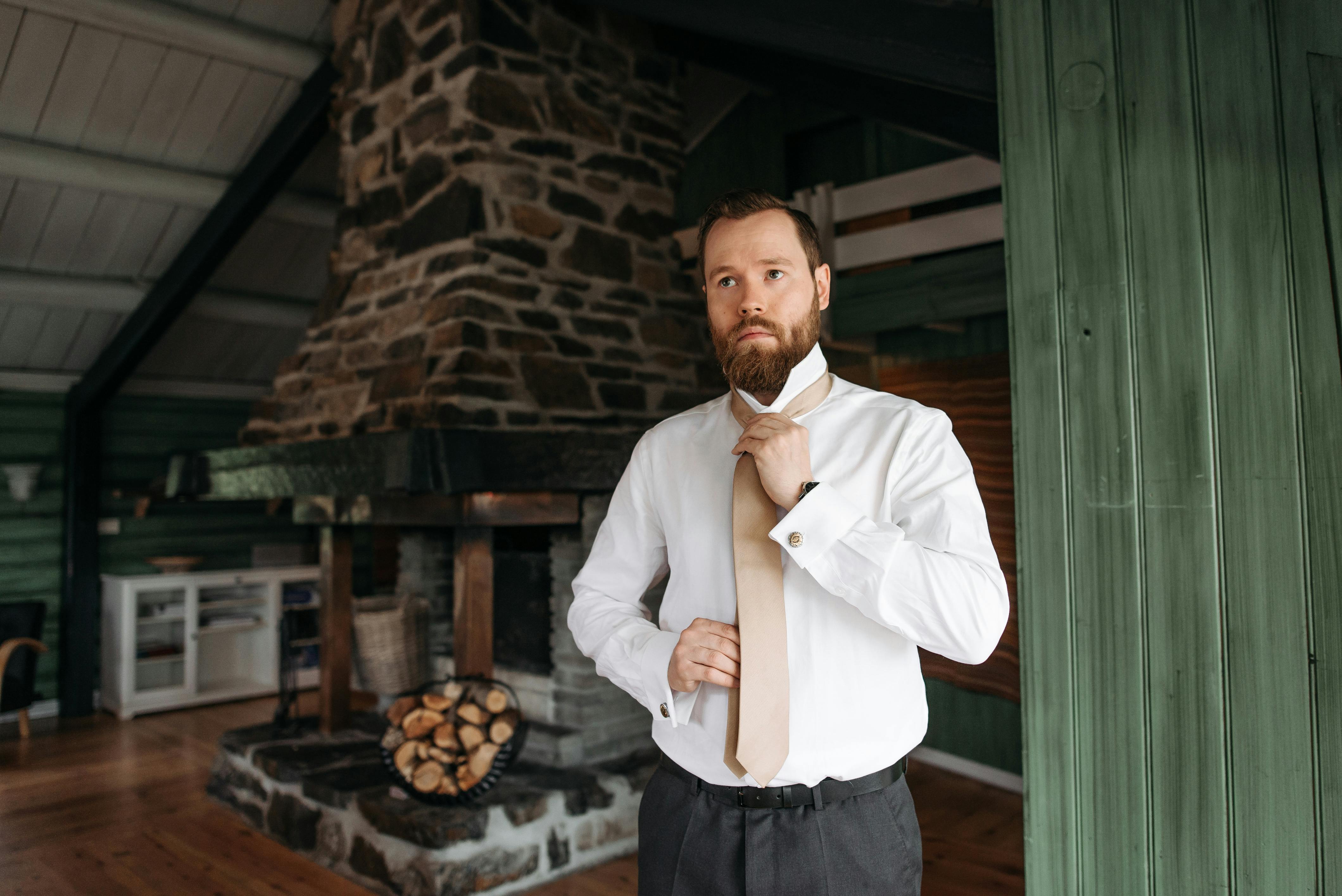
Hospice patients come to our care after suffering cuts, burns and poisoning. Surgery, chemotherapy, and radiation treatment are the standard methods of care for most patients admitted with life-threatening disease. Hospital staff members are trained to be aggressive with curative care.
Hospice care is a phase of care in which aggressive treatment is no longer appropriate. Palliative care becomes the norm. The patients have been tested physically, mentally and emotionally. In many ways, patients can be averse to any kind of care beyond the experiences that led their doctor to share that more can’t be done.
The purpose of this article is to state that much more can be done. Our doctors and nurses are trained to help patients receive medications that stabilize and even decrease pain and physical suffering. Social workers are trained to help patients and families deal with emotional, practical, and legal issues related to loss and grief. Spiritual advisors help with the integration of emotional well-being and a sense of faith and hope beyond self-awareness.
There are three aspects of the grieving process that I want to mention in this short article:
the heart of care,
The Heart of Compassion, and
an awakened heart
As a Spiritual Counselor for Hospice Care, I will take a spiritual approach to grievance care.
The heart of care
The heart of care focuses its attention on the needs of the dying patient. Any attempt to distance a patient from her true character becomes a war of wills. When we listen and care for a person as they are, we are allowing them to die the way they lived. Our ability to know a person with unconditional love will awaken the desire to be fully known by the patient. Here, we are given opportunities to meet him/her in grace and mercy.
Patients are not a disease. Patients are awakening in the soul. Maria was a strong-willed person who did not want to die. She had a strong personality. She had many roles that she played in life and she wanted to hold on to all of them. She was a mother, friend, wife, among many other roles.
About two weeks before Mary died, she shared with me that she became aware of two identities: one was her strong personality, and the other was a peaceful presence that she could not explain. The closer Maria got to her death, the more she could identify with wanting peace over suffering. This identity with her soul became more attractive to her than living in a body that was failing her. She was awakening to the authentic self of her.
the heart of compassion
A dying patient renounces his death so much that he is tempted to cling to what remains of his life. Even if holding on means more pain and suffering, some patients try to do so. As caregivers, we must be sensitive to this aspect of the process of letting go of a patient. A patient needs support and guidance to simply learn to move from letting go (an act of the will) to letting be (getting in harmony with one’s own death). A caregiver will enter into the heart of compassion by giving the patient space to enter into this process of moving from “letting go” to “letting be.”
When a person dies, his personality gives way to his soul. In the process, a heart is broken. This desire to escape from a painful body and embrace peace (one’s authentic self) is complicated by the desire to remain with those he has loved. This accumulated tension creates a path that one has to choose within them that transcends individual and collective consciousness. In essence, it is a question of survival for the soul. This path moves a person’s soul forward.
Funeral services remind us that it is the soul of a person that draws us to face death and not the body of the deceased. These services serve as a symbol of transition for the loved one who has passed away and for those who reflect on the life of the deceased. A relationship that was once created outside of us and in someone else’s body no longer applies. Now, relationships with the departed are internal and completely within us, creating an invisible link that forever links our consciousness with a spatial quality within us, drawing those left behind deeper into the soul.
an awakened heart
An awakened heart knows that there is more to life than what appears on the surface.
The dying take us to this place where eternal relationships are forged in the deepest aspects of our nature. It is our nature to love and feel love. Even grievance has the ability to deepen our sense of sacredness toward those we love.
One year ago, I gave a talk for the National Hospice and Palliative Care Organization in Los Angeles, CA. I was gone for about a week. When I returned, my youngest son gave me a big hug. He missed him and he missed me. I could literally feel him fill my heart with love. In a real way, my soul was touched by the soul of my son. An awakened heart knows that this is the heart of relationships.
In the landscape of the soul, what matters in life IS NOT matter. When we begin to look through our eyes and not with them, we enter into a vision of life from the perspective of the soul. Introspection, seeing from within, allows us to face death with hope, with faith and with love.
As we grow in our ability to see from within, we enter the heart of pain. This emergence into the soul nature will sustain us through death and into eternal life. May the Creator of all of us give us strength for the journey.
Samuel Oliver, author of “What the Dying Teach Us: Lessons About Life”